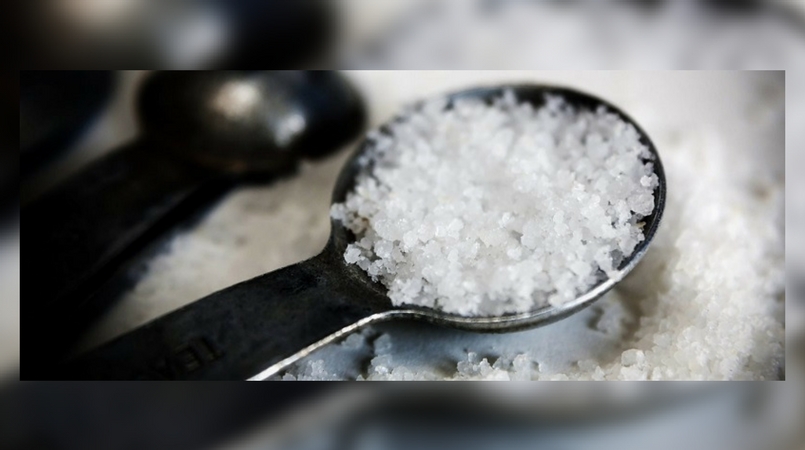
Salt vs smoking?
Would you stop smoking to avoid a heart attack? Would you eat less salt for the same reason?
The World Health Organisation says that reducing salt is as important as stopping smoking when it comes to reducing heart disease. Too much salt also increases the risk of stomach cancer and osteoporosis, and raises blood pressure – a major cause of strokes.
But surveys suggest only half of us check how much salt we’re eating.
Which of these contains the most salt?
A low-fat blueberry muffin - The muffin can have over 1.2g of salt, more than two 30g bags of ready salted crisps. Many low-fat foods have salt added to boost the flavour.
Two packets of salted crisps - At 0.5g of salt per pack, two 30g packets of ready salted crisps contain 1g of salt. A low-fat blueberry muffin can have as much as 1.2g.
What are the guidelines?
The recommended daily maximum depends on your age:
Adults – 6g (1 teaspoon)
Age 7-10 – 5g
Age 4-6 – 3g
Age 1-3 – 2g
Infants – less than 1g
Check the label
You can make a big difference just by swapping to lower-salt versions of your usual meals.
Ketchup
Some ketchup brands have five times the salt of others.
Three big dollops of the most salty ketchup would be all of a three-year-old child's daily limit of salt (2g).
Beans on toast
Half a typical tin of beans and a slice of toast is over 50% of a six-year-old's daily limit.
Buying reduced-salt beans will cut that significantly.
Pizza
A takeaway or delivery pizza can have as much as 6g of salt - the whole of an adult's daily limit in one meal.
Salt and sodium
Some food labels give the sodium content, but this is not the same as the salt content.
1g sodium = 2.5g salt
The weight of sodium is only part of the salt weight.
On food labels, 1g of sodium is equivalent to 2.5g of salt.
That means the 6g adult daily salt guideline is equivalent to only 2.4g of sodium per day. So check labels carefully.
Low sodium salts
These contain potassium chloride instead of sodium chloride. So your sodium intake is less, which avoids the health risks associated with a high salt diet.
But it's not all good news. Too much potassium is a health risk for people with certain kidney and heart problems.
Sea salt
Sea salt and table salt are both the same type of salt, sodium chloride. So the daily amount of 6g applies equally to both types.
Because sea salt has larger grains, a pinch of sea salt probably contains less salt by weight than a pinch of table salt.
What can you do?
In the UK three quarters of the salt we eat comes from shop-bought food. That's why checking labels really makes a difference.
Cook more
Pasta sauce, curry, casseroles, pizzas and soup are all easy to make yourself. Cook in big batches and freeze them for a steady supply of quick, healthy meals.
... and hide the salt cellar
Sounds obvious, but it works. Salt is an acquired taste and you can get used to having less.
